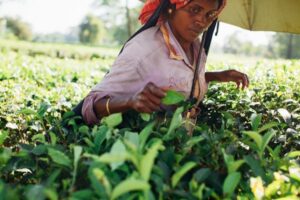In recent times, Agriculture Write For Us sites have witnessed significant metamorphoses driven by the need for sustainable practices and the integration of advanced technologies. critical demand to enhance agrarian productivity while minimizing environmental impact. This guest post explores the promising crossroads of sustainability and technology in agriculture, pressing crucial trends, and their implicit counteraccusations for the future.
Sustainable farming practices Agriculture Write For Us husbandry practices have gained instigation as a means to address environmental enterprises and ensure long-term food security. These practices encompass colorful ways similar to perfection husbandry, organic husbandry, and agroforestry.
Organic Farming Organic husbandry emphasizes the use of natural diseases, crop gyration, and natural pest control styles. This approach promotes soil health, biodiversity, and reduces chemical runoff, resulting in sustainable, healthier-yielding agriculture guest posting sites.
Agroforestry Agroforestry combines trees and shrubs with traditional agrarian practices. By integrating woody erennials, growers can enhance soil fertility, reduce corrosion, sequester carbon, and provide habitat for beneficial insects and wildlife.
Smart husbandry and robotization The arrival of the Internet of Things ( IoT), robotics, and artificial intelligence( AI) has led to the emergence of smart home automation and robotization. These technologies streamline operations, increase effectiveness, and minimize labor conditions.
IoT in Agriculture: IoT bias and detectors can cover soil humidity, temperature, and nutrient situations, as well as automate irrigation systems. Real-time data analysis enables growers to optimize resource allocation and make timely decisions for irrigation, fertilization, and pest control.
Robotics and AI Robots and AI-powered systems can perform tasks like planting, harvesting, and weed control with perfection and effectiveness. By reducing homemade labor and enabling round-the-clock operations, growers can ameliorate productivity and reduce costs.
Vertical Farming Vertical husbandry involves cultivating crops in vertically piled layers or halls, frequently in civic surroundings. By exercising hydroponics or aeroponics systems, LED lighting, and climate control technology, perpendicular granges can optimize space, conserve water, and reduce transportation costs.



